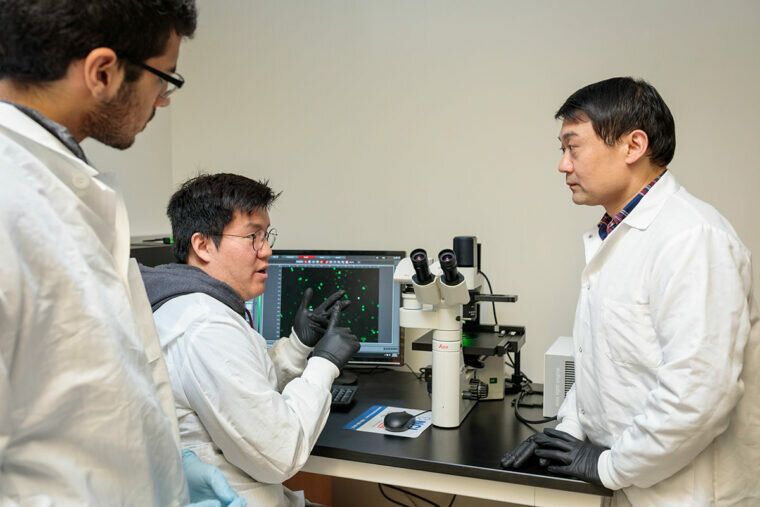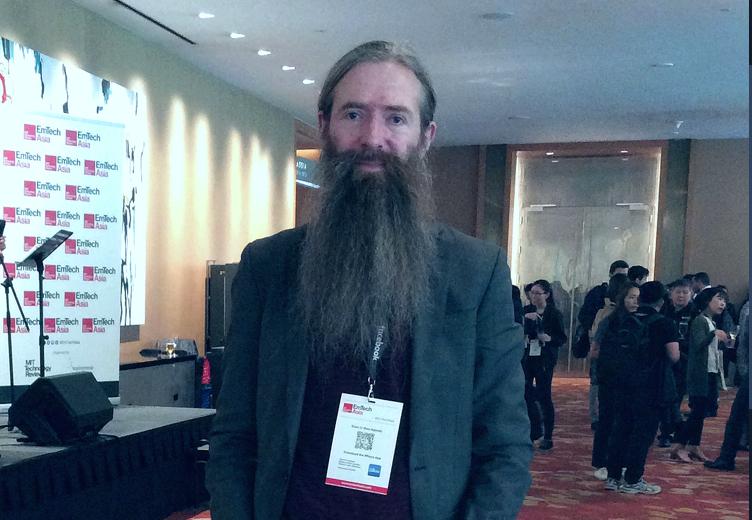Wang and his colleagues found that many cancers that get switched into overdrive and boost tumor growth have jumping genes that function as a kind of stealthy “on switch.” These cryptic switches can force a gene to be turned on all the time, even though it should be off.
Mistakes in DNA are known to drive cancer growth. But a new study, from Washington University School of Medicine in St. Louis, heavily implicates a genetic phenomenon commonly known as “jumping genes” in the growth of tumors.
The study is published March 29 in the journal Nature Genetics.
Since jumping genes aren’t mutations—mistakes in the letters of the DNA sequence—they can’t be identified by traditional cancer genome sequencing. As such, this study opens up new lines of research for future cancer therapies that might target such genes.









